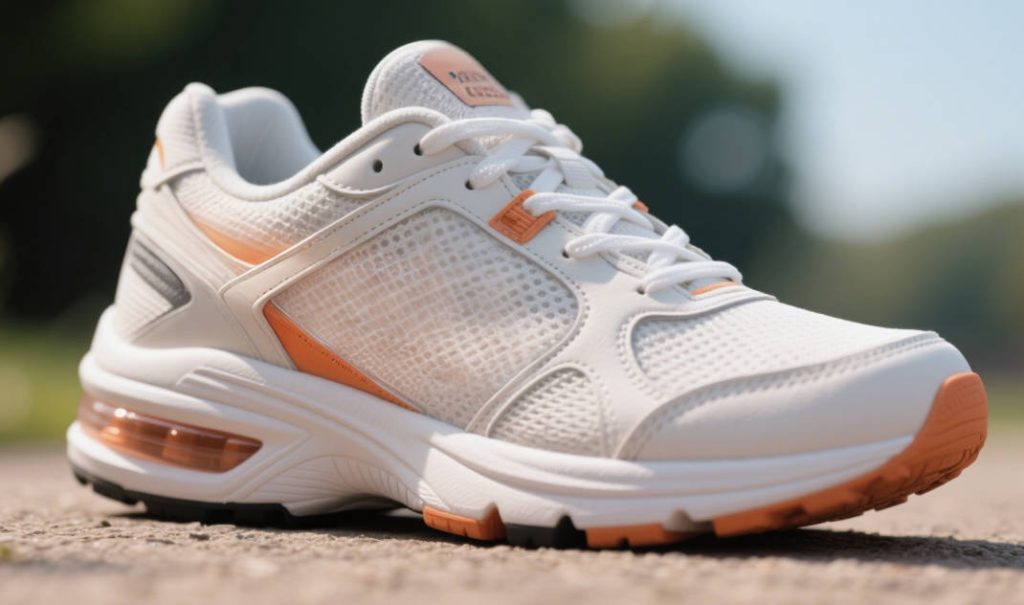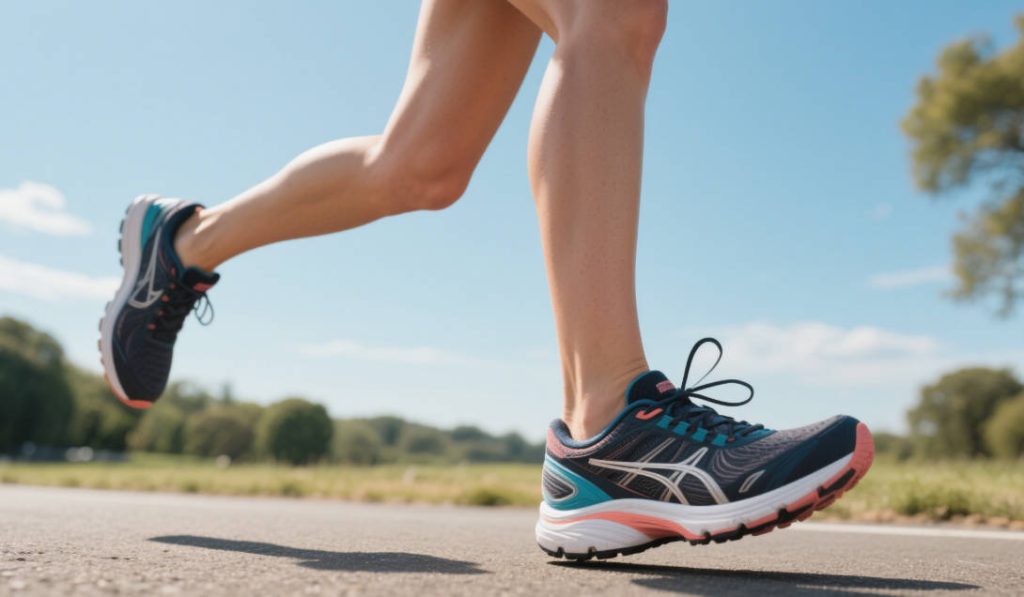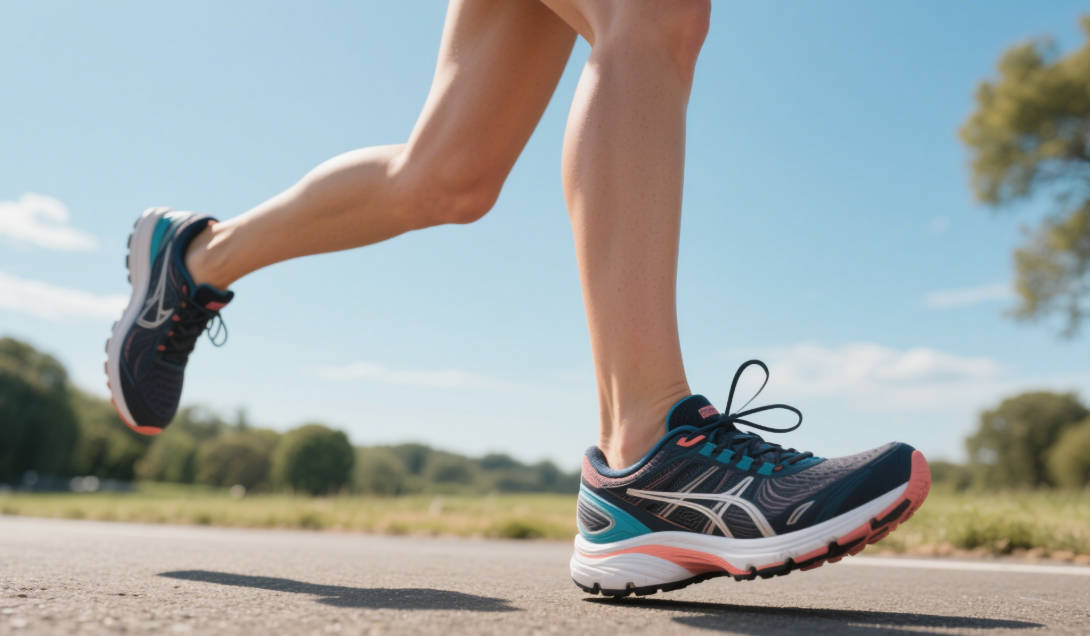It’s funny how sometimes the simplest things in life can teach us the most important lessons. For me, it was a pair of sports shoes. Not just any pair, but a pair that I thought would be perfect for my workouts. I had heard all the hype, seen the reviews, and convinced myself that these were the shoes I needed. After all, they looked great, they were on sale, and they promised to make me run faster, jump higher, and generally become a more efficient athlete. But, as I would learn the hard way, there’s more to choosing the right sports shoes than just how they look or how much they cost.

This all came to a head on a Saturday morning, when I decided to do a long run for the first time in months. I had been off my fitness game for a while, mainly due to work commitments and a general lack of motivation, but that morning I felt a sudden burst of energy. I was going to get back on track and prove to myself that I still had what it takes. I had recently purchased a pair of sports shoes that I had been excited to try out, so I thought today was the perfect day for a test run.
The weather was perfect—clear skies, a light breeze, and just the right temperature. I laced up my new shoes, excited to get started. They felt comfortable enough when I put them on, and they looked great—sleek, modern, and promising. I set off with enthusiasm, listening to my favorite playlist and feeling like I could conquer the world. But about ten minutes into the run, I started to feel a sharp, uncomfortable pressure on my heels. At first, I ignored it, thinking it was just a minor inconvenience. I was so excited about the run that I didn’t want anything to spoil it.
But as I continued, the discomfort increased. My heels began to ache, and the pressure turned into a burn. By the time I hit the 30-minute mark, I could feel blisters forming on both of my heels. It was as though my shoes had betrayed me. I had heard of runners getting blisters, of course, but I had never experienced it myself. I always thought that as long as the shoes fit, everything would be fine. Apparently, I was wrong.

At this point, I tried to push through. I told myself that it was just part of the process, that maybe my feet just needed to adjust. But the more I ran, the worse it got. Each step felt like a hot needle poking into my skin, and every movement made the pain intensify. What was supposed to be a rejuvenating run had turned into an exercise in pure misery.
By the time I reached the hour mark, I had to stop. My feet were in agony, and I was frustrated beyond belief. I had to walk back home, slowly, feeling each painful step. I had to admit it to myself: these shoes were not the right fit for me. The blisters, the discomfort, the frustration—it all came down to one simple truth: I hadn’t properly considered how important it was to choose the right sports shoes.
As I limped back home, I reflected on the experience. I realized that I had made a number of mistakes when it came to buying these shoes. First of all, I had chosen them based on aesthetics. They were stylish, they looked great in the store, and they had a great reputation. But I had completely ignored the fact that every pair of feet is different. I hadn’t thought about my unique foot shape or the way I run. The shoes might have been perfect for someone else, but they weren’t right for me.
Secondly, I hadn’t paid attention to the kind of support I needed. I tend to overpronate when I run, which means my feet roll inward more than they should. That puts extra strain on my knees and can lead to injuries if I’m not wearing the right kind of support. But these shoes weren’t designed for overpronation, and it didn’t take long for me to realize that the lack of proper support was contributing to the pain.
And then there was the issue of the fit. The shoes may have felt comfortable when I first put them on, but after a few miles, I realized they were too tight in the toe box and didn’t offer enough room for my feet to move naturally. The pressure built up, and that’s when the blisters started. I had assumed that if the shoes fit when I first tried them on, they would be fine for longer runs. I couldn’t have been more wrong.
I learned an important lesson that day: when it comes to sports shoes, fit, comfort, and support should be your top priorities, not looks or reputation. If the shoes don’t fit right, they won’t work for you. No amount of cushioning or fancy features can make up for poor fit, and if you don’t consider your own unique needs, you might end up in more pain than you started with.
After I recovered from the blisters and the disappointment of my failed run, I went back to the store and took a more thoughtful approach to finding the right shoes. I sought out expert advice from a knowledgeable sales associate, who took the time to assess my gait and recommend shoes that would provide the support I needed. I also tried on several pairs, walked around the store in them, and paid attention to how each one felt, rather than just how it looked. Eventually, I found a pair that was comfortable, supportive, and a perfect fit for my feet.
I started running again, but this time, I made sure to take things slow. I knew that finding the right shoes was just the first step. I needed to build up my stamina, listen to my body, and pay attention to the way my feet felt during each run. It wasn’t easy, but it was worth it. The right shoes made a huge difference, and I could feel my runs improving with each step.
Looking back on that painful experience, I’m grateful for the lesson I learned. It wasn’t just about shoes—it was about taking care of myself and making choices that would benefit me in the long run. It was about realizing that sometimes, we need to take a step back, evaluate our choices, and be mindful of the details. In the case of sports shoes, that detail made all the difference.
That day taught me that in life, just like in sports, it’s the little things that matter. The small adjustments, the careful choices, and the attention to detail all contribute to our success and our well-being. When we neglect those things, we end up with blisters, frustration, and missed opportunities. But when we take the time to do things right, we’re setting ourselves up for long-term success, whether we’re running a marathon or simply taking on the challenges of everyday life.
Now, every time I lace up my shoes, I remember that lesson. I take the time to make sure they fit right, I make sure they’re comfortable, and I make sure they provide the support I need. And I never, ever take the importance of sports shoes for granted again.
